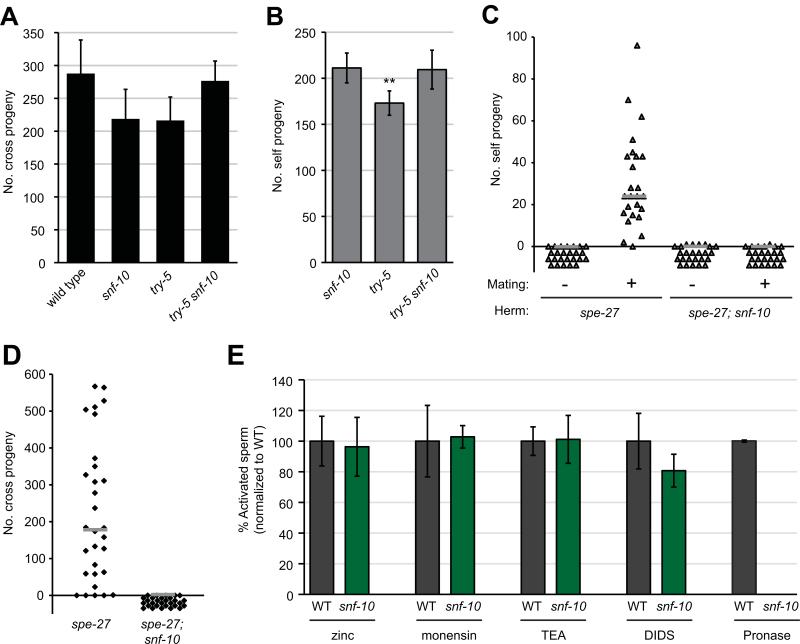Fig. 4. snf-10 functions in the male sperm activation pathway downstream of the protease activator.
(A) try-5 snf-10 double mutant males show levels of fertility indistinguishable from those of the wild type or single mutants (P>0.05, Kolmogorov-Smirnov test). The indicated males were crossed to spe-8; dpy-4 hermaphrodites and total offspring were counted. Error bars, 95% confidence intervals. (B) try-5 snf-10 double mutant hermaphrodites show no reduction in fertility relative to single mutants. Note that the try-5 strain showed slightly reduced fertility in this experiment (P<0.01, Kolmogorov-Smirnov test). (C) spe-27; snf-10 double mutant hermaphrodite sperm are unresponsive to transactivation, in contrast to spe-27 hermaphrodites whose self fertility is rescued after transfer of male seminal fluid. The symbol “-“ designates controls in which no males were present (hermaphrodites were allowed to self-fertilize); “+” indicates that swm-1 males were present (transactivation conditions). (D) spe-27; snf-10 double mutant males are completely infertile. The indicated males were crossed to fog-2 hermaphrodites for 48 hr and total offspring were counted. (C,D) Bars represent medians. (E) snf-10 mutant sperm are resistant to in vitro activation by Pronase, but respond normally to other activators. Wild-type (WT) or snf-10(hc194) spermatids were dissected from males and incubated in activators as indicated. Graph shows percent of activated cells normalized to that observed in wild-type for each experiment. Error bars, 95% confidence intervals.

